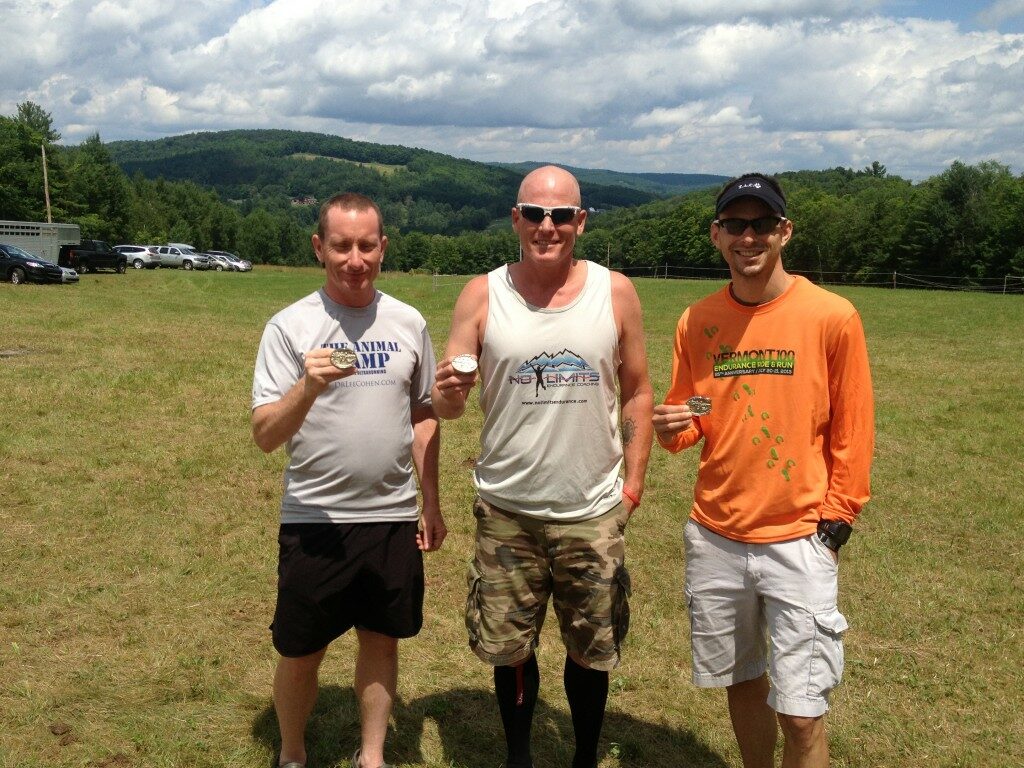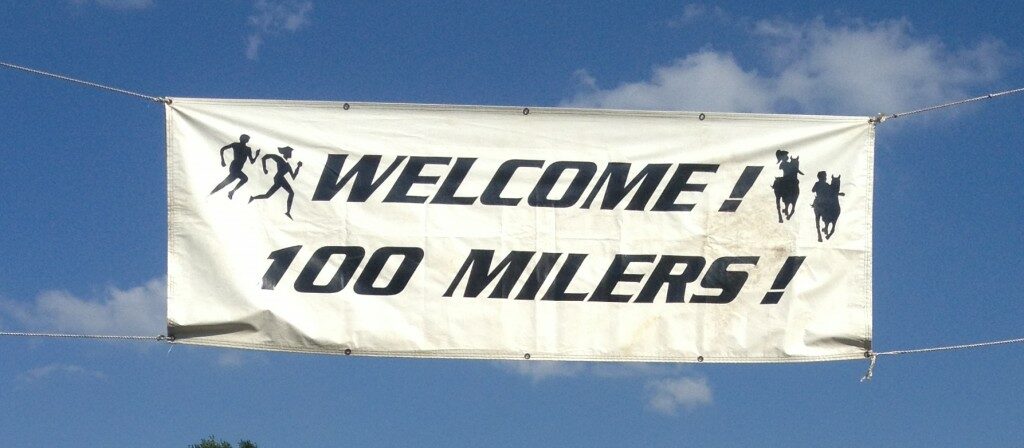Every training session, every race is a teacher. If you are open to the lessons, you can learn a lot. My training for and racing of the Vermont 100 is no exception.
Here’s how it went down.
The race started at 4 a.m., which meant the timeline for pre-race eating was pushed ever earlier. I went to bed at 9 p.m., only to wake up at 2 a.m. to eat about 800 calories worth of breakfast. Because my parents and I were staying in White River Junction, a 40 minute car ride from the race start, we had to leave not long after that.
Despite our best efforts to hustle, we arrived at race only 20 minutes before the start, which left me just enough time for a last minute “evacuation.” A 100 mile run is not the time to get a case of cardiorrhea.
Bang!
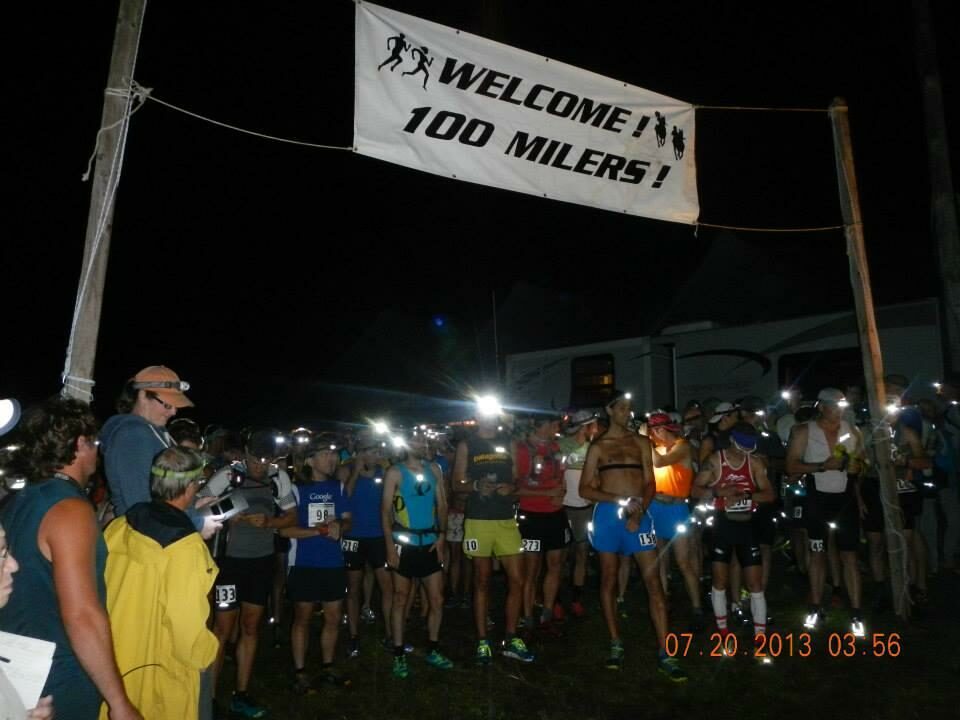
We were off for 100 miles in the green mountains of Vermont.
The day was forecast to be hot and humid, with thunderstorms later in the afternoon and evening, which might hopefully cool things off.
Since the race started in the early morning darkness, my plan was to bank some time in the cooler temperatures. I started off at around a 7:45-8:30 pace for around ten miles or so and gradually slowed as the heat of the day built up, with the rising sun.
The course offers a total of 29 aid stations, and 9 handler/crew stations. At each handler station, I was planning on seeing my parents, who were my crew for the day and had all of my extra goodies not available in the standard aid station fare. Maria couldn’t come to the race because she would be racing Ironman Lake Placid in just one week. The extra travel and sleeplessness is not really part of her training plan.
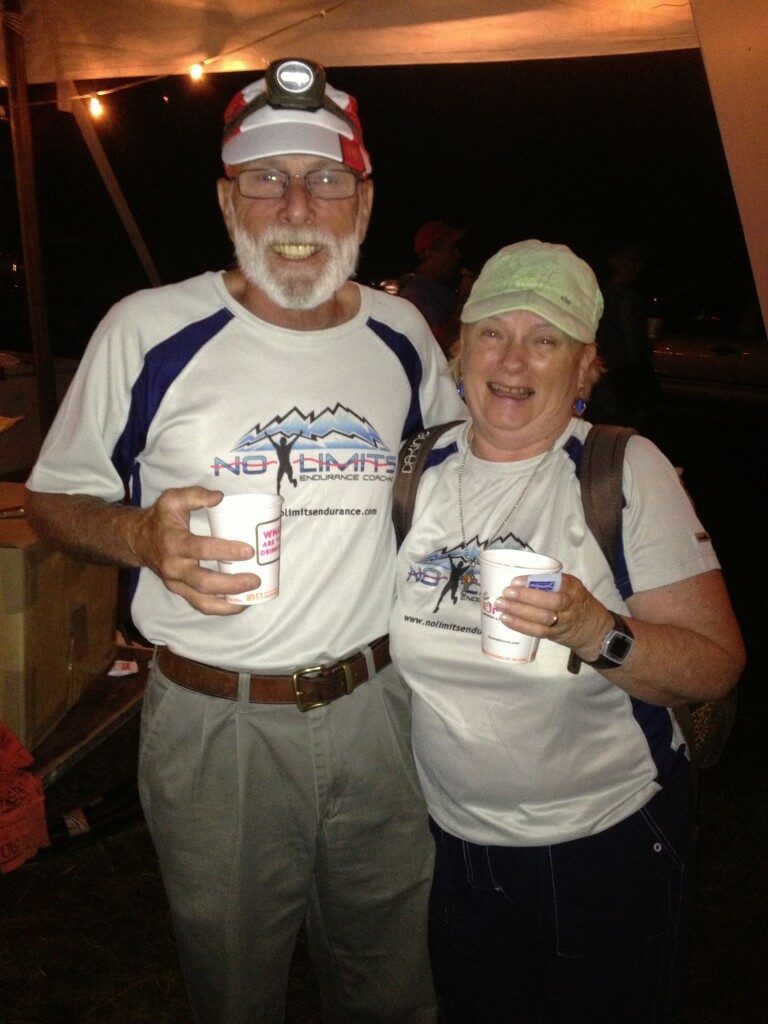
The first handler station was at mile 20. But, in transit from the start to that station, my parents got turned around on the back country roads, and didn’t make it in time.
Lesson #1: Adapt! This is something that every race has taught me. The day will not go to plan, and when it doesn’t, you need to adapt.
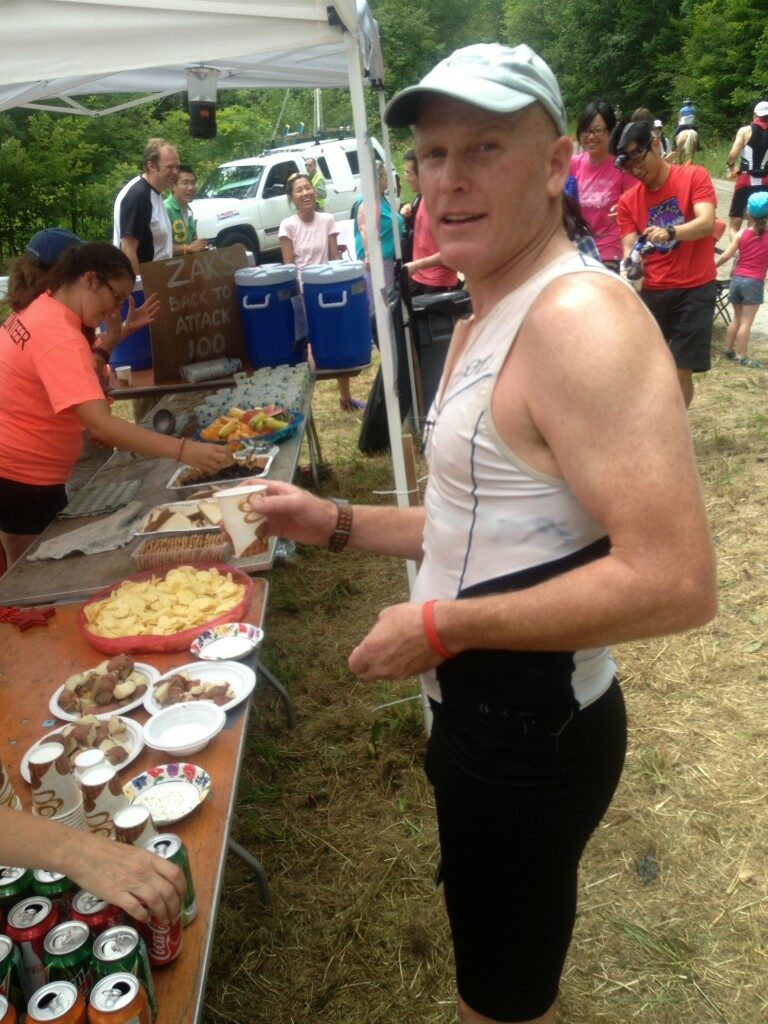
At this point, I saw my friend Steve who was crewing and pacing for my friend AJ.
I asked Steve if he saw my parents.
Always a helpful guy, he said, “No. But do you need anything?”
I thanked him, and said no. I would just eat from the offerings available at that station. I grabbed some warm Gatorade from the aid station.
Blaah.
It just did not sit well in my gut. I did not get sick (yet) but it did not help my start.
Lesson #2: Gatorade has to be one of the worst ways to refuel and rehydrate.
At mile 27, I came to the next handler station, eagerly hoping to see my parents, who had the sports drink I had trained with, the sports drink that didn’t bother my gut. As soon as I came into this area, I saw Jeremy, who would be my pacer starting at mile 70, and Steve. They guided me over to my parents, who handed me ice-cold bottles and fuel ready to go.
Back in business!
I grabbed what I needed and was off. At this point, I had run 4 hours and 19 minutes. Not a bad start, I thought.
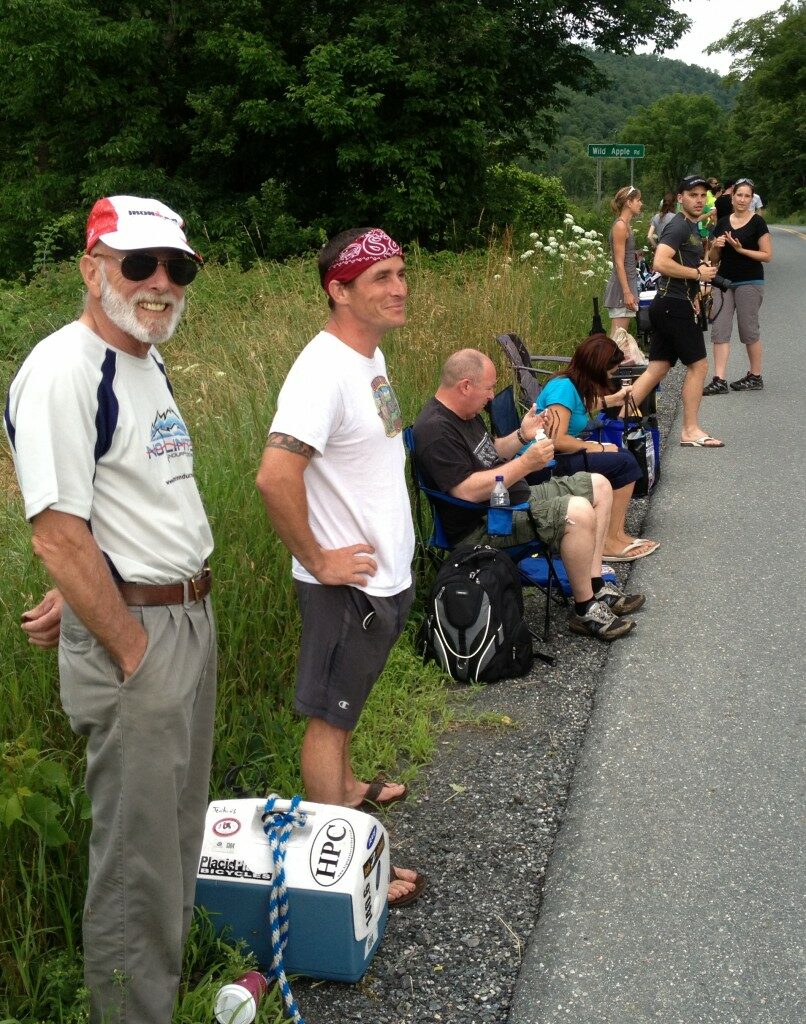
The temps continued to climb, and the humidity was making it quite a sweat-fest.
Nutrition issues continued to bug me between 30 and 40ish miles. I was at the point where I had to force myself to eat. It took me about 10 minutes to chew a Hammer bar, usually very yummy and easy to get down. But, my gut protested the entire time. So, I force fed myself because I knew 100 miles could not be run without fuel. It helped eventually.
At mile 47.5, I ran into the next major aid station, which was called Camp 10 Bear. I saw everyone here, and it was the first of three medical checks. They weighed me in, and I had only lost .8 pounds since Friday’s weigh in.
That’s good, I thought. I’m keeping up with my hydration.
If you lose more than 7% of your weight from the original weigh in, you are pulled from the race.
The medical officials also my ask you questions to see if you are still amongst the living, such as:
“What was your original weigh in weight?”
“How are you feeling?”
“How old are you?”
“What mile are you at?”
I passed the tests, and I was off again.
As I ran away, Jeremy said, “I’ll see you in 20 Miles.”
In my mind, I wished I were there already. This race was tough, and I was only halfway through. After leaving Camp Ten Bear at 47.5 mile, I entered into one of the hardest sections of the race, with a nice climb during the hottest part of the day.
I crossed 50 miles in 9 hours and 45 minutes. Now the mathematics lessons begin.
Okay, I thought, I have 14 hours to do 50 more miles to do this under 24 hours.
At the Vermont 100, if you go over 24 hours, you do not get a buckle. I wanted one!
My second thought: And maybe 20 hours if the second half is not too tough.
Lesson #3: Don’t try to guess your finish time. Just stay in the moment and work with what you have.
At around mile 55, I planned on starting caffeinated gels. My gut still did not feel so great, so I squeezed Double Caffeinated Power Bar Gels into my water bottle to make it easier to absorb in my now increasingly sensitive gut.
In about 5 -10 minutes I was just flying. I had not had any caffeine since Peaks 50 miler in Pittsfield VT, about a month earlier. The caffeine went right about doing it’s job!
This is perfect! I thought, as I began passing people between miles 54-70. This became perhaps the best section of the day for me, as I was able to make up some of the time I lost earlier in the race.
Lesson #4: When you need a quick pick-me-up, caffeine is your friend, your very very good friend.
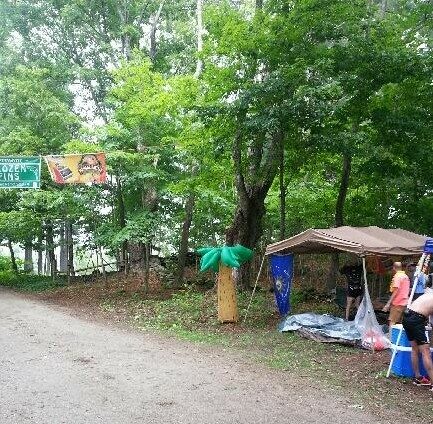
Somewhere in this stretch, I came into the Margaritaville aid station, which is about mile 60 or so. I saw my parents, grabbed more hydration, and figured I better try to eat.
Yeah, that’s funny.
I grabbed some potatoes and a shot or two of cola and started off down the road. Within a few hundred yards, I felt sick. Out came the potatoes in an impressive spew of projectile vomiting.
But, the good news is that I instantly felt better.
Lesson #5: If you eat something and your stomach doesn’t want it, it will let you know.
I continued on to my second visit to Camp 10 Bear, which comes at mile 70. This was also the second medical checkpoint, and where you can pick up your pacer for last 30 miles.
As I got on the scale, I looked over to my left and saw my friend Gary Bennington. If you read my report from the Peaks Ultra, then you know that Gary magically appeared and saved me that day. And, here he was again. It was uplifting to see someone I admire so much, and who has helped me through some dark moments.
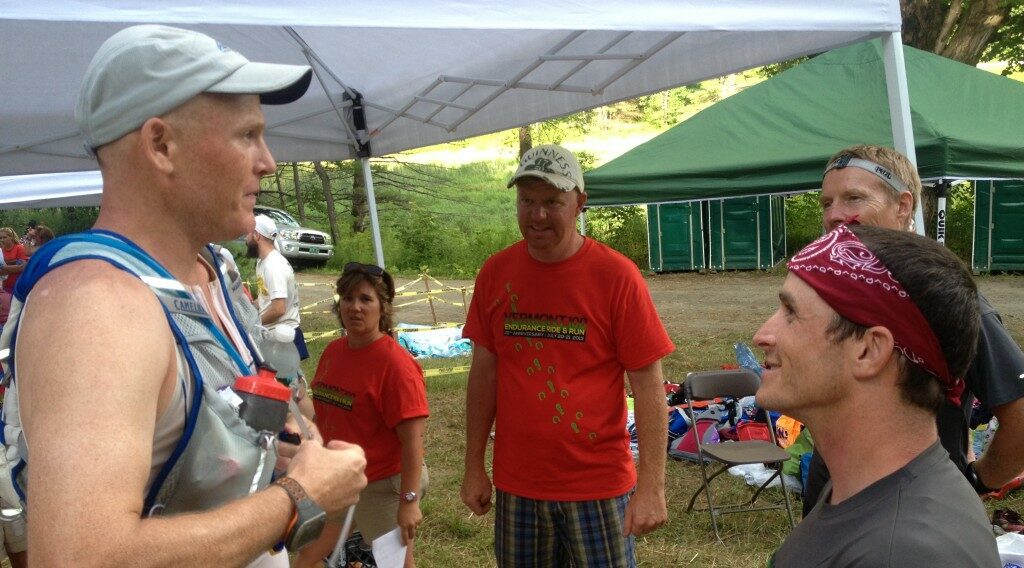
I had originally met Gary when I did the Vermont 50 the first time. And, I first met Jeremy after I did Vermont 50 the second time. Here were two guys, each important to me, each of whom I met at the same place. I felt myself start to rally despite the gut issues, despite the heat.
I was so lucky to be here!
It’s strangely beautiful how people show up in life, just when you need them. At that moment, 70 miles into a 100 mile run, I was so happy to see Gary, my parents, and, of course, my brother-from-another-mother and pacer Jeremy.
Jeremy gave me the strength to stay on the trail, to never quit, to fight off the demons that want to land on my shoulders, lie to me and try to make me quit. Basically, Jeremy kicked me in the ass and kept me moving forward.
After an hour or two of leaving Camp 10 Bear, the sun set and night fell in the woods. With 20 miles in the dark to go, the sky was clear with an almost-full moon. The beauty of the Vermont Mountain trails and dirt roads had never been so apparent. When I first met Gary, he told me about his first Vermont 100 and how the night was so magical, spiritual.
At that time, I remember thinking to myself, I want to experience that some day. And, between miles 85 and 100, it was happening: I was living my dreams. It is magical to see something in your mind for so long, and then to finally be in that moment, feeling it, living it.
Jeremy was flawless in his approach to pacing me. He helped push and gave me another set of eyes to look out for obstacles and trail changes in direction. Along with that much needed safety checking, he offered up engaging conversation in such a truly beautiful part of this planet.
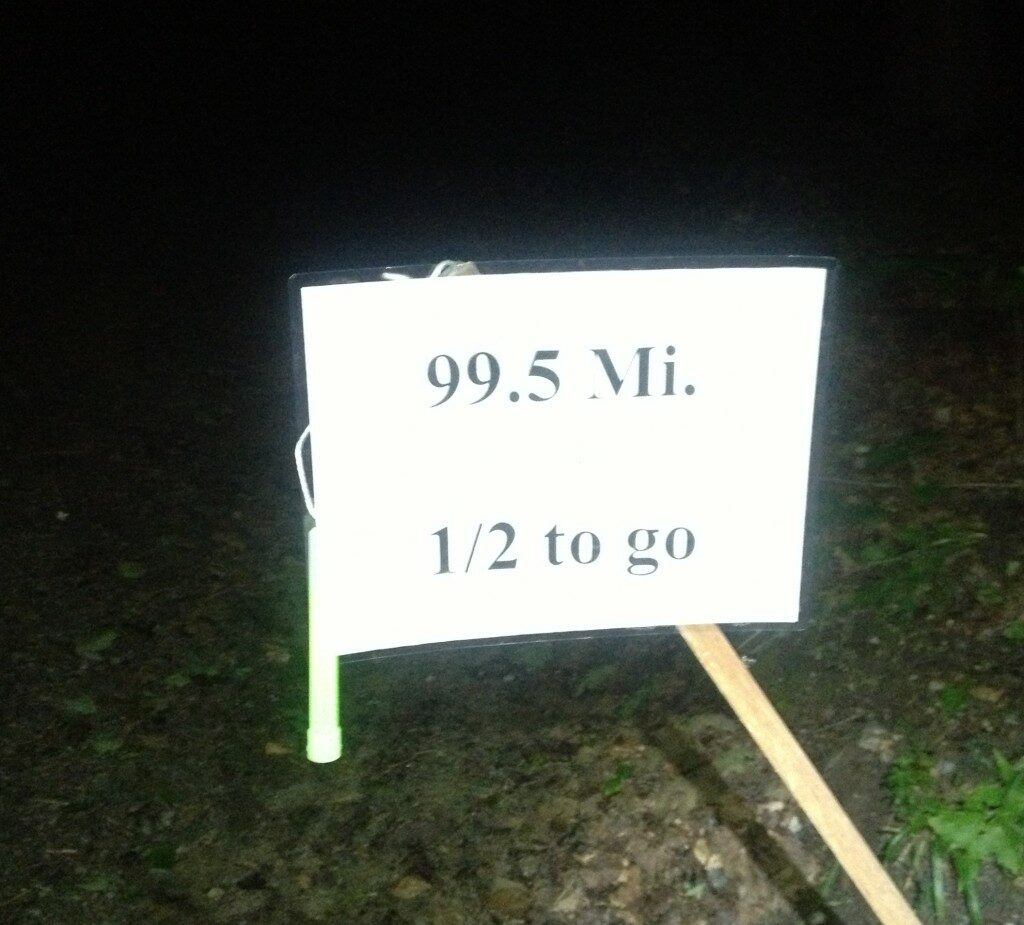
I will never forget those moments, in the darkness of night.
The worst part of the race, which is almost funny if I wasn’t hurting so bad, came at mile 98, with a “nice” half-mile climb. At that point, so deep in the pain cave, you just have to laugh at yourself and what you are doing.
Jeremy pushed me the last half-mile to hold off another runner who was trying to pass us. We crossed the finish line in 21:33. I was 36th overall out of 325. Only 200 finished the race, and only 100 racers finished under 24 hours. I felt privileged to be in that company – but it would not have happened without the support of my parents, Jeremy, and all of my friends watching and cheering from home.
Big thanks to my parents for crewing me and always being there when I need you. I love you.
A very special thank you to Jeremy Schaffer for crewing, pacing and just being my friend. For meeting you, my life is richer. Keep being you, because you are special.
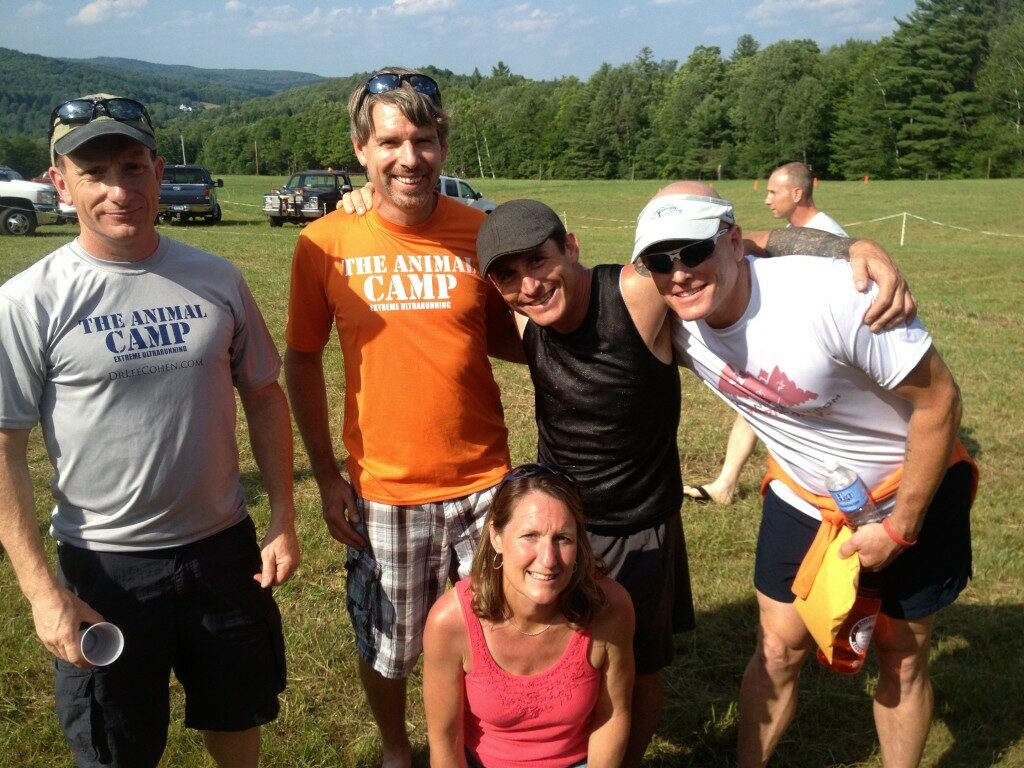
Thanks also go to Steve and AJ–your advice and help throughout the last year has been invaluable.
Perhaps the best lesson learned is the priceless value of strong support from family and friends. That, and nutrition. You really have to be on top of your nutrition.
